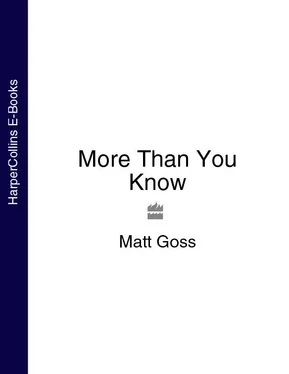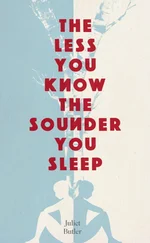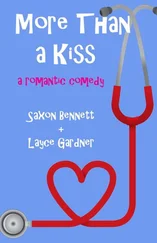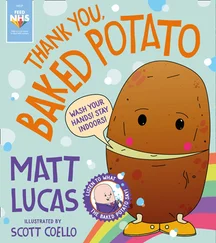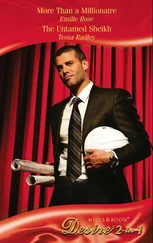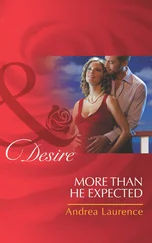When you are being feted to such a degree, you realize very swiftly that you have a very immediate and powerful influence over your fan base and beyond. Needless to say, that is why we were always so anti-drugs. On a more superficial level, the strangest things can remind you that you are being watched every second of every day. I soon learnt to be careful what I said in interviews. Thousands of fans are waiting on your every word and casual comments in front of a journalist can have repercussions for years. For example, I used to love Caramac and I made the mistake of saying that in one magazine. A much bigger belly and a few hundred spots later and I’m praying, ‘No more Caramac guys! Please!’ To this day, one girl will still bring me a few Caramacs whenever I do a show. It’s delicious, don’t get me wrong, but it’s a bit like the first drink you get drunk on – if I smell Pernod-and-black I gag, and Caramac is starting to have that effect.
The famous Bros Grolsch bottle tops on the shoes was a funny example of that. I was bored one day and was playing about with some bottle tops that were lying around, and for some reason I whacked them on my shoe. It wasn’t premeditated in any way, just something to do really.
Three days later, I was driving down Kensington High Street when I saw a girl walking past with Grolsch bottle tops on her shoes. I blinked and shook my head, almost cartoon-like, to make sure I had seen correctly.
I had.
Putting it down to some one-in-a-million coincidence, I carried on driving. Fifty yards further on, I saw another girl wearing them, then another and another. It was just crazy, and quite a shock to see the impact my supposedly insignificant fashion decision had made.
Even today, not a twenty-four-hour period goes by without someone mentioning those Grolsch bottle tops. But do you know what? Grolsch never even sent me so much as a single bottle. They never phoned, wrote or got in touch! I was later told their sales had gone up by a third. Cheers!
It wasn’t just the bottle tops that these kids copied. Suddenly, everywhere you looked there were ripped jeans, Harrington jackets, cropped haircuts, Doc Martens decorated with watches or playing cards, you name it, if we wore something, within hours it was on the street. A new breed had arrived: Brosettes.
And there were millions of them . . .
I used to drive over Hammersmith flyover frequently, and as I sped into London, I would always look down from my concrete vantage point and take in the sight of what was then known as the Hammersmith Odeon. It was such a huge venue, just under 4000 people and only the really big bands could fill it. I had been to my first-ever concert there, to see Depeche Mode, one of the biggest bands on the planet. To me, in a new band only just signed, the prospect of playing there seemed an unattainable dream.
Then our management phoned us with news of the schedule for our first tour. They reeled off a list of venues which didn’t really register that much to me, to be honest. Then they said . . .
‘In London you will be doing Hammersmith Odeon . . .’
‘What? You’re kidding me?’
‘Er, twice.’
It was just hard to believe the words I was hearing . . . two nights at the Odeon!
A day later they phoned back. ‘Matt, hi, listen, both Odeons have sold out. You’re now doing four nights.’
By now I was in seventh heaven.
The phone rang again. ‘Sorry, Matt, I forgot to mention, we’ve added a Wembley Arena date too.’
I knew things would never be the same again.
Arriving for that first Wembley Arena performance and seeing the empty venue, just contemplating how many people would have to leave their homes to fill it, was a phenomenal feeling. Doing that show with my brother made it extra special. It was such a milestone, but the speed of Bros’s rise to major fame was so rapid that there were so many milestones. They came so thick and fast that it was hard to actually see them as landmark moments. Signing with Tom. Signing with Sony. The first Top Forty. Our first big show. Five Hammersmiths. That Wembley Arena. Our first Top of the Pops . Being on the front cover of NME . Our first TV interview, switching Radio 1 on to the FM frequency . . . it was endless.
Every time we played a gig or released a record, the hysteria we witnessed was more extreme than the last time, even though we’d thought it had peaked back then. It hadn’t. It was hard to believe, but we were in the process of becoming chart regulars. Eventually we would go on to notch up eleven Top Thirty singles and three Top Twenty albums.
The debut album Push was released in April of 1988. By mid-afternoon on the Monday of release, we were told the record was on target to sell 150,000 copies on that first day alone. That was gold in less than twenty-four hours, halfway to platinum. When the sales figures were tallied up on Saturday evening, we’d shifted over 300,000 copies, that’s platinum in less than a week. Only a new instalment of the mega-hit compilation album Now That’s What I Call Music managed to keep us from debuting at Number 1. Push went on to spend fifty-four weeks in the UK Top Forty – more than a year – and notched up over 5.5 million sales worldwide.
Calm is not a word you could use to describe the scenes on Oxford Street when we agreed to do a store signing to promote our hit single, ‘Drop The Boy’. For a start, 11,000 fans turned up. Central London was gridlocked and it made the evening news. They showed clips of snaking lines of police, two or three deep, arms locked, straining to hold back the massed ranks of Bros fans. It felt like a once-in-a-lifetime, insane moment, but Bros was already becoming a byword for generating such frenetic behaviour.
When we came to leave the shop, it was a security nightmare, so my press officer Jo put my by-now-famous red jacket on and a towel over her head, then plunged out into the hysteria, diving into the limo through a sea of grabbing hands. While the fans were distracted, we were bundled into a black police riot van which headed off the wrong way down Oxford Street at what felt like 80 mph. As we looked back at the swarming hordes, we saw four teenage girls who had rumbled our escape plot. They were wide-eyed and racing after the riot van, unable to run as fast as they obviously wanted to because they were carrying something large and black.
It was the door to our limo – they had ripped it clean off its hinges.
We were used to getting hefty bills for dents in limos, that went with the territory, but this was something else. You quickly learn to take certain precautions when you know fans will be somewhere on any given day. We would remove our jewellery or loose clothing, tuck everything away, otherwise it would just be shredded off us – after all, if these fans could rip a door off a car . . . so there was often a real sense of personal danger. Of course, I loved it, although I always found it frightening leaving a venue, not for myself but because I felt a genuine fear that kids might be knocked over by the car or the crowds.
Many times you’d feel a searing pain on your head just as you heard a girl screaming, ‘I’ve got it! I’ve got it! I’ve got his hair!’ and you’d be thinking, Yes, and half my bloody scalp as well! It was funny, Brosettes were like a bloody army, they were proper hardcore, a force to be reckoned with! When you had three or four thousand of them turn up . . . you were in trouble!
Did I find it oppressive or claustrophobic? Not one bit. What’s not to love about doing a job that is so different to what is considered ‘normal’? What’s not to love about your life being absolutely barmy?
Inevitably, a few fans crossed the line into rather more unsettling areas. We had our share of death threats. Plenty in fact – that’s not some perverse pop star bragging, just an observation that this sort of behaviour goes with the job. We had a few letters from jealous boyfriends and over-obsessive fans, every band I know gets that, but it can still be a bit freaky. However, one series of letters was particularly chilling. I received four death threats in four separate letters, each mailed from the four most extreme points of the compass in the UK. These letters told me how the writer was going to kill me and when they were going to do it. We’d had threats before but there was something about the way these letters had been written – and the elusive nature of the premeditated mailing from four distant postcodes – that made it all seem a little too thorough . I said to my dad, ‘Look, I wouldn’t normally bother you with this but . . .’ so he had a look at what had been going on. He became concerned when it transpired there were no fingerprints on any of the four letters – nothing.
Читать дальше
